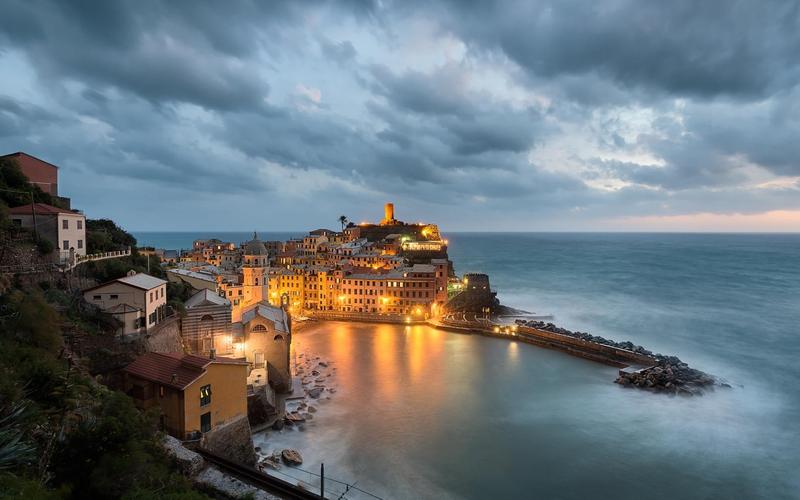Exploring the Rich and Diverse Cultural Traditions from El Salvador
El Salvador is a Central American country known for its vibrant cultural traditions that reflect its rich history and influences from different cultures. From its indigenous roots to its contemporary fusion of Spanish, African, and indigenous cultures, El Salvador is a fascinating case study of cultural diversity. In this blog article, we will explore some of the most important cultural traditions from El Salvador, their historical significance, and their impact on the country.
Indigenous Roots
El Salvador’s indigenous roots can be traced back to the pre-Columbian era, when various indigenous groups such as the Nahuas, Pipiles, Lencas, and Cacaopera inhabited what is now modern-day El Salvador. Their cultural traditions were rich in symbolism, spirituality, and art. For example, the Pipiles made intricate pottery, sculptures, and textiles that reflected their social status, beliefs, and values. The Nahuas created a complex calendar system based on astronomical observations that guided their agricultural practices and religious ceremonies. These indigenous traditions have left a lasting impact on El Salvador’s culture and identity, as seen in its art, language, and cuisine.
Colonial Influences
El Salvador was colonized by the Spanish in 1524, and this period of history had a profound influence on its cultural traditions. Spanish culture was imposed on the indigenous population, and the Catholic religion became the dominant faith. This led to a fusion of indigenous and Spanish cultures, resulting in a unique hybrid culture that is still present in El Salvador today. The Spanish language, for example, became the official language of the country, but many indigenous words and expressions are still used in everyday language. The Catholic religion also introduced new religious festivals and customs that were adopted by the indigenous population.
African Heritage
Another important influence on El Salvador’s culture is its African heritage, which is often overlooked but no less important. El Salvador has a small Afro-Salvadoran population, primarily descended from slaves brought to the country during the colonial period. African traditions such as music, dance, and food have had a subtle but significant impact on El Salvador’s culture. For example, traditional Afro-Salvadoran music such as punta and garifuna includes African rhythms and instruments such as the marimba and conga drums. African culinary influences can also be found in dishes such as the Salvadoran dessert called yuca con chilate.
Modern Cultural Expressions
El Salvador’s cultural traditions continue to evolve and adapt to modern times. For example, the traditional Salvadoran folk dance known as chanchona has been updated with modern choreography and music, creating a fusion of old and new. Additionally, El Salvador has a growing art scene that blends traditional techniques with contemporary themes and styles. Lastly, El Salvador’s cuisine is becoming increasingly diverse, with fusion dishes that combine traditional Salvadoran ingredients with international flavors.
Conclusion
El Salvador’s cultural traditions are a testament to its rich and diverse history. From its indigenous roots to its colonial and African influences to modern cultural expressions, El Salvador’s culture is a fascinating blend of the old and the new. By studying its cultural traditions, we gain a deeper appreciation for El Salvador’s identity and its contribution to the world’s cultural heritage.
(Note: Do you have knowledge or insights to share? Unlock new opportunities and expand your reach by joining our authors team. Click Registration to join us and share your expertise with our readers.)
Speech tips:
Please note that any statements involving politics will not be approved.
